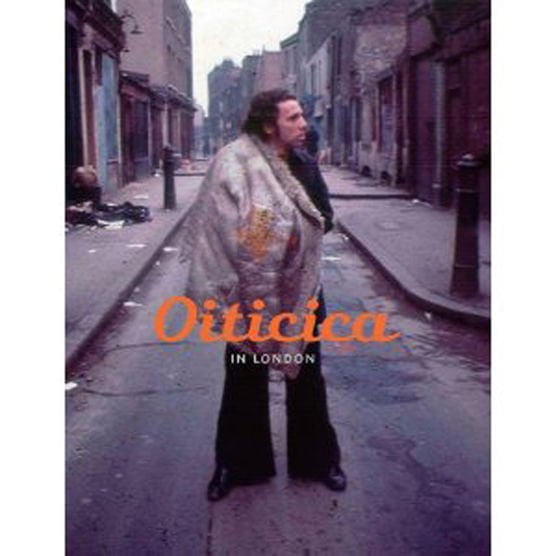Oiticica in London
R300
Exhibition Catalogue about the influential Brazilian artist Hélio Oiticica, shown at TATE Gallery, London, UK, in 2007.
In stock
Description
Hélio Oiticica (1937-80) has come to be recognised as one of the most brilliant and innovative artists of the second half of the 20th century. Both artist and thinker, he developed a uniquely beautiful body of work. Synthesising the legacy of modernism, avant-garde experiment, Brazilian popular cultures born of adversity, and a radical philosophy of participation, he explored deeply the possibility of creative liberty in today’s world.
At the end of the 1960s Oiticica spent a year in London, where, in 1969, he was invited to exhibit at the Whitechapel Art Gallery. The resulting exhibition, or Whitechapel Experiment as Oiticica preferred to call it, was the largest show he ever held and one of the most radical visual arts events of the period. It was structured as a continuous participatory environment for people, featuring paintings, sculpture and installation and culminating in Eden, built especially for the Whitechapel, a bare-foot, sensory, ‘mind-settlement’ of sand, cabins, beds and nests intended to stimulate among the public a form of creative reverie the artist called Creleisure. Oiticica was present at the gallery for much of the experiment, writing letters and meeting friends and fellow artists.
This crucial period in the artist’s life has never been thoroughly investigated before. Featuring interviews of Oiticica’s contemporaries that provide telling new insights, writings by the artist translated for the first time, essays by leading critics and facsimile pages of the original Whitechapel catalogue, this book captures not only a pivotal moment in the life and career of a unique artist but also in the development of the avant-garde in London.

